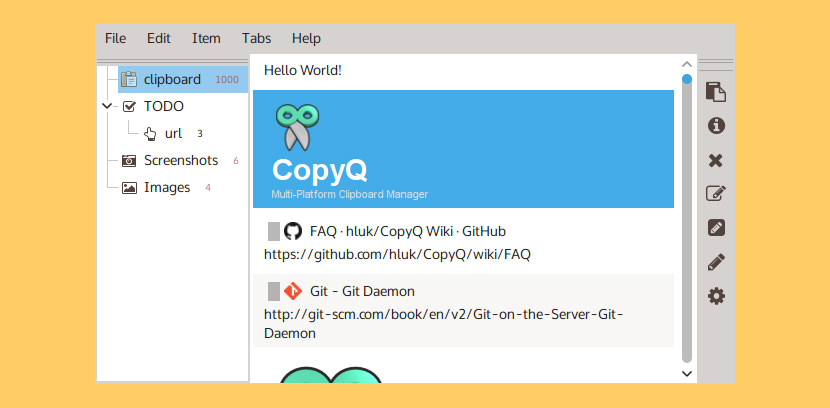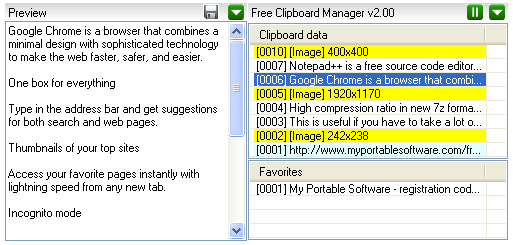

Screenshots taken with (ALT+)Print Screen are saved as PNG files. Its contents can be easily edited and pasted into other applications with PCM. Every text you copy to the system clipboard with CTRL+C is automatically saved as a note in the form of a simple and easy to manage text file. PCM can help keep track of interesting information you found in documents or websites. It is useful in every day computer tasks. The design goal of Plain Clipboard Manager is to make collecting and pasting of multiple clipboard items simple and non-intrusive. This is also an easy way to create reusable templates to insert into any document window. You can create archives (folders) to save clips for future use. When you enter "brb " in a text field, the keyword will be replaced with the full sentence "Be right back.": Dynamic text expanding for Windows.

It's a native Windows application: fast, small (a 0.5 MB sized all-in-one native Windows executable file compare that to others!) and portable.Īnother feature of Plain Clipboard Manager is the option to configure short keywords (so called key templates) that will be dynamically expanded to the full text when entered anywhere. When run from usb stick all configuration and clip notes are saved on the same stick. PCM can be either installed or run portable. The Clip storage folder is configurable: you can also save your clipboard items to a cloud drive like Dropbox or OneDrive for synchronization purposes. Any copied images and screenshots are saved as PNG files (using lossless compression). For text copied from web pages a link to the source web page is included. The captured clip will include the source application and document title.

How to use Clipboard history on Windows 11 Never automatically sync text that I copy - You have to select the contents to upload to the cloud to make them available across devices.Īfter you complete the steps, the items stored in the Clipboard history will sync across your devices, allowing you to paste text and images that you copied on other devices.Automatically sync text that I copy - The Clipboard history will sync to the cloud and across your computers linked with the same Microsoft account.Select the sync option to use with the Clipboard:.Source: Windows Central (Image credit: Source: Windows Central)


 0 kommentar(er)
0 kommentar(er)
